Seedless lemons have many advantages.
The seedless lime tree (Citrus latifolia, Lime), also known as the four-season lime, is a variety of lime bred by John T. Bearss in 1895 in California (USA). This is a medium-height tree with a wide canopy that grows well in tropical and subtropical climates with an ideal temperature range of 20 - 30°C. When the temperature drops below 10°C, the tree grows slowly and has difficulty flowering and fruiting.
The tree is relatively drought tolerant but still needs adequate water supply to maintain productivity. The tree is suitable for many types of soil such as hilly land, coastal sandy soil, acid sulfate soil, but grows best on alluvial soil with a pH of 5.5 - 6.5.
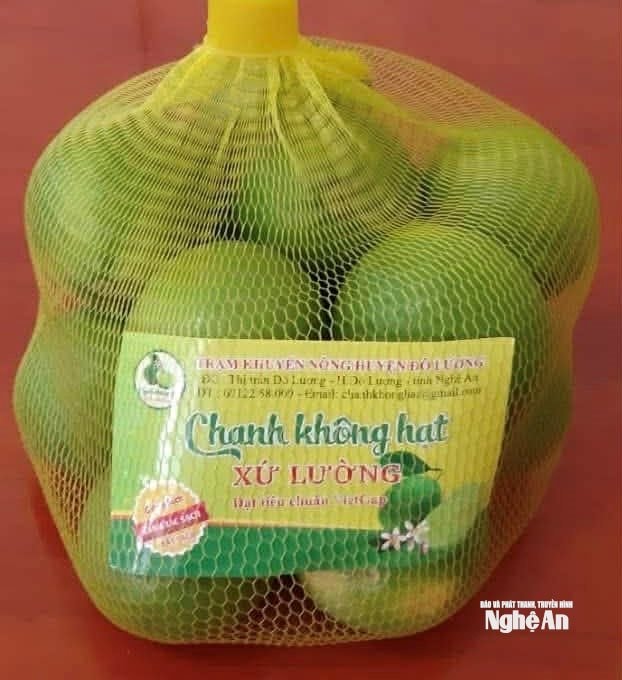
This lemon variety has many outstanding advantages. The fruit has no seeds or very few seeds, which is a great advantage for the consumer and processing market, helping the lemon juice not to have a bitter taste. The fruit is large, 5-6 cm in diameter, with an average of 7-8 fruits/kg, meeting the aesthetic standards of demanding markets.
Lemon peel is thin, has a lot of water, has a light sour taste and a light aroma, is not too sour, not bitter and rarely has a bitter peel when mixed with hot water. The fruit can be stored for a long time under normal conditions, convenient for long-distance transportation and export.
Seedless lemons produce fruit all year round, can be harvested after 2 years of planting and have a lifespan of over 10 years. High and stable yield, commonly 20-40 tons/ha depending on growing conditions. This lemon variety has good resistance, especially less affected by greening disease - a disease that is causing serious damage to many other citrus trees.
Seedless lemons are grown in many countries around the world, but Mexico, Brazil and the United States are the largest producers and exporters. Lemons are considered a “superfood” due to their low cost but high value, from protecting health, enhancing immunity, supporting digestion, eliminating toxins, diuretic, beautifying and serving family life. The demand for lemons is high in countries with hot climates. In 2024, the global lemon market will reach about 46 billion USD, with the Asia- Pacific region alone accounting for about 31 billion USD. Major import markets include the Middle East (UAE, Saudi Arabia, Qatar, Oman) and Europe (Netherlands, UK, Germany, France), especially serving the food preparation and processing industry.
Seedless lemons were introduced by people in the South in the late 20th century. Since 2012, seedless lemons have grown most strongly in the Mekong Delta and then spread to the Central and Northern regions.
Currently, the Mekong Delta alone has nearly 15,000 hectares of seedless lemon cultivation, of which Long An (now part of Tay Ninh) accounts for more than 11,000 hectares.
Prospects in Nghe An
Nghe An is a province with a tradition of growing lemons, but lemons still show limitations such as many seeds, difficulty spreading crops and difficulty meeting processing and export requirements, so they mainly serve the domestic market. Based on that reality, in 2017, the Center for Application of Scientific and Technical Advances (Department of Science and Technology of Nghe An) coordinated with communes in Do Luong district (old) to implement a project to import, produce varieties and test-plant seedless lemons.
The results showed that the tree adapted well to the current local ecological conditions such as in Bach Ngoc, Van Hien, Thuan Trung with a yield of about 28 tons/ha. After that, the model continued to be tested in Hung Nguyen (old) and Quynh Luu (old).
In Bach Ngoc and Thuan Trung communes, the area of seedless lemons has expanded to more than 20 hectares with stable productivity, generating an income of 300 - 400 million VND/ha. In the context of orange trees - the province's main crop - entering the degeneration stage due to Greening disease, along with the advantage of having Nafood Group (a large fruit exporter and processor with experience in lemon products in Long An) operating in the area, seedless lemons have emerged as a potential option to add to Nghe An's citrus development program.

Based on the Provincial Citrus Development Project, the Department of Agriculture needs to carefully survey suitable land areas such as semi-mountainous areas, hilly areas, and alluvial land along rivers to plan for selective expansion of the area, avoiding massive development. The Provincial Agricultural Extension Center should build demonstration models in favorable locations for people to learn from. In particular, degraded orange growing areas need support to convert to seedless lemon growing to take advantage of land funds, infrastructure, equipment and farmers' experience in citrus cultivation.
The province needs to orient the development of large-scale concentrated growing areas of 100 hectares or more to synchronously apply technology and production management. Farmers need to be trained to apply VietGAP/GlobalGAP from the beginning to meet the requirements of export markets and supermarket systems. Water-saving irrigation systems, especially drip irrigation, need to be prioritized for investment to proactively source water during the dry season - a very important issue for Nghe An. At the same time, it is necessary to organize training courses on techniques for handling flowering and fruiting off-season to harvest at the time of high prices, usually from April to August every year.
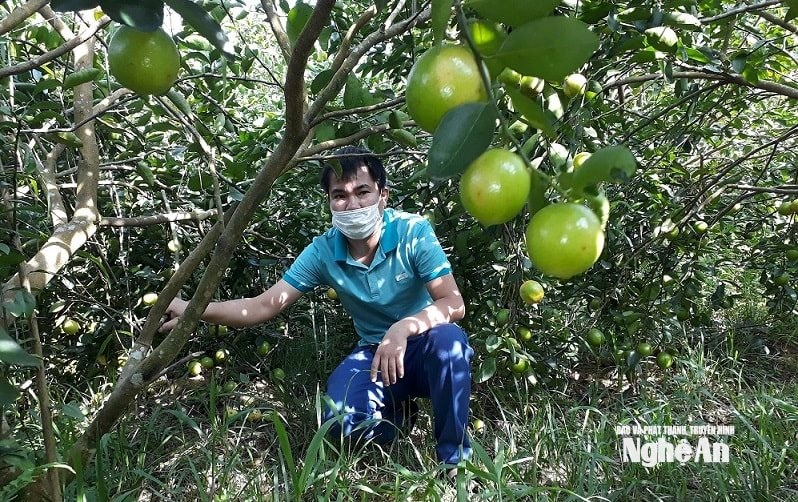
Cooperatives or cooperative groups need to be strengthened to act as a link between farmers and processing and exporting enterprises. The province needs to encourage the signing of long-term contracts between farmers, cooperatives and enterprises such as Nafood right from when the lemon gardens begin to bear fruit. In addition to exporting fresh fruit, the development of small and medium-sized processing industries such as the production of concentrated lemon juice, frozen lemons, and lemon essential oils should be promoted to increase consumption, stabilize prices and enhance value. The management of growing area codes and packaging facility codes according to EU and Chinese import standards must be strictly implemented, while promoting the application of traceability.
With an investment rate of about 150-170 million VND/ha, the province needs to have a capital support policy to help farmers boldly change their models. Developing citrus trees is still a major orientation of Nghe An, but in the context of orange trees declining due to disease, changing tree varieties is necessary.
From the successful test results, the ability to proactively breed and the advantages of consumption and processing from existing businesses, the development of seedless lemon material areas is a suitable direction. With the attention of the government, the participation of businesses and people, seedless lemon trees can become the main tree for processing and export of Nghe An in the coming years.
Source: https://baonghean.vn/chanh-khong-hat-giong-moi-hua-hen-o-nghe-an-10312720.html



![[Photo] Prime Minister Pham Minh Chinh chairs the 15th meeting of the Central Emulation and Reward Council](/_next/image?url=https%3A%2F%2Fvphoto.vietnam.vn%2Fthumb%2F1200x675%2Fvietnam%2Fresource%2FIMAGE%2F2025%2F11%2F27%2F1764245150205_dsc-1922-jpg.webp&w=3840&q=75)
![[Photo] President Luong Cuong attends the 50th Anniversary of Laos National Day](/_next/image?url=https%3A%2F%2Fvphoto.vietnam.vn%2Fthumb%2F1200x675%2Fvietnam%2Fresource%2FIMAGE%2F2025%2F11%2F27%2F1764225638930_ndo_br_1-jpg.webp&w=3840&q=75)













![[Photo series] Watching the sunset at Long Thanh Airport construction site](https://vphoto.vietnam.vn/thumb/402x226/vietnam/resource/IMAGE/2025/11/27/1764254151573_anh_5_20251127205055_20251127212613.jpeg)


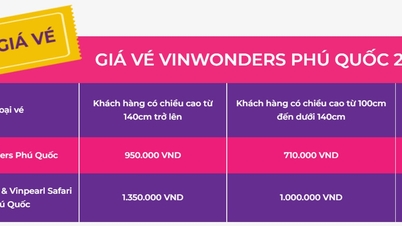
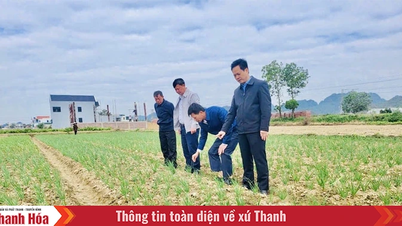

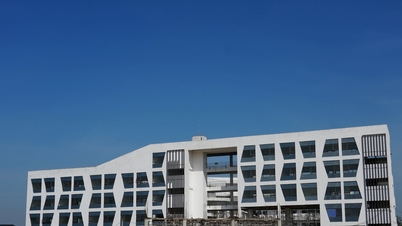






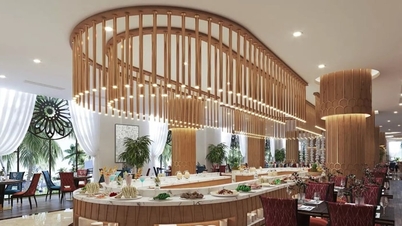




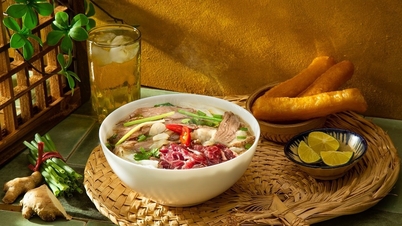





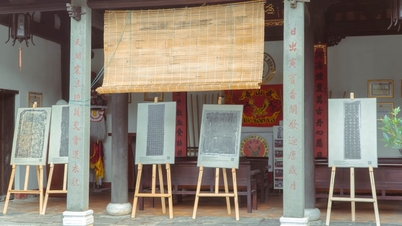
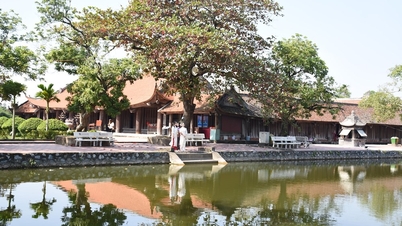












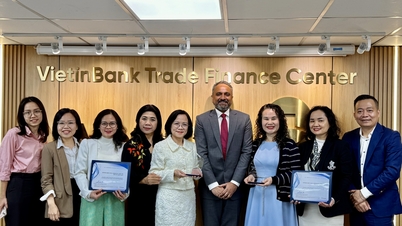


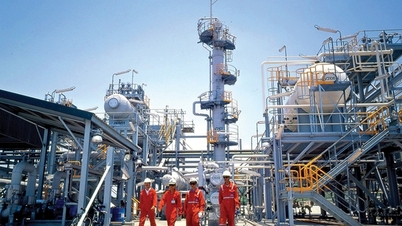
















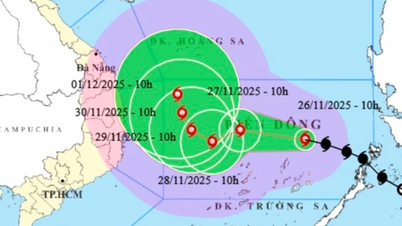








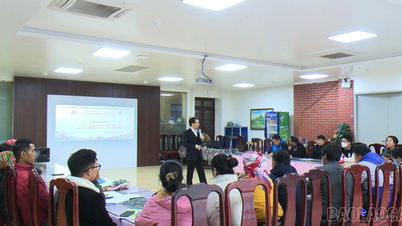





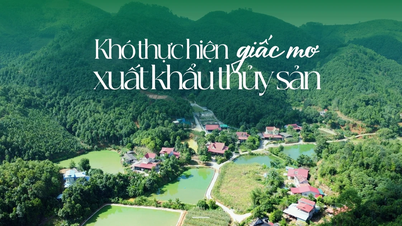









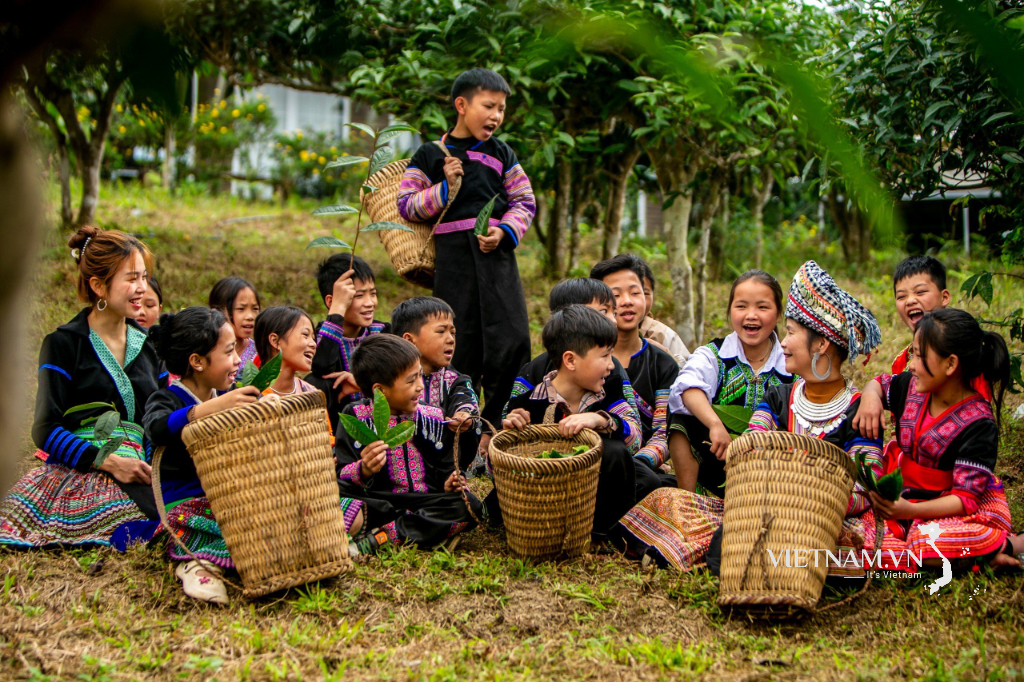


Comment (0)